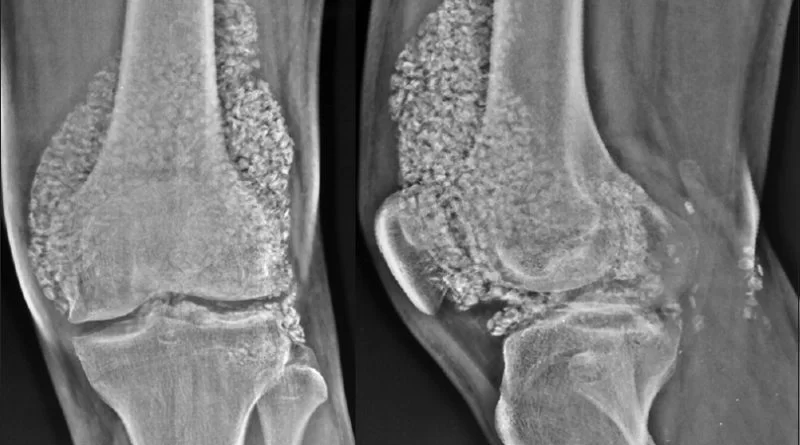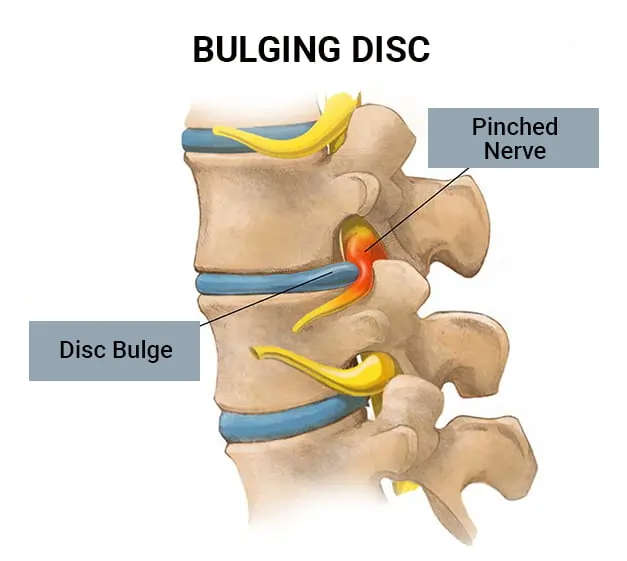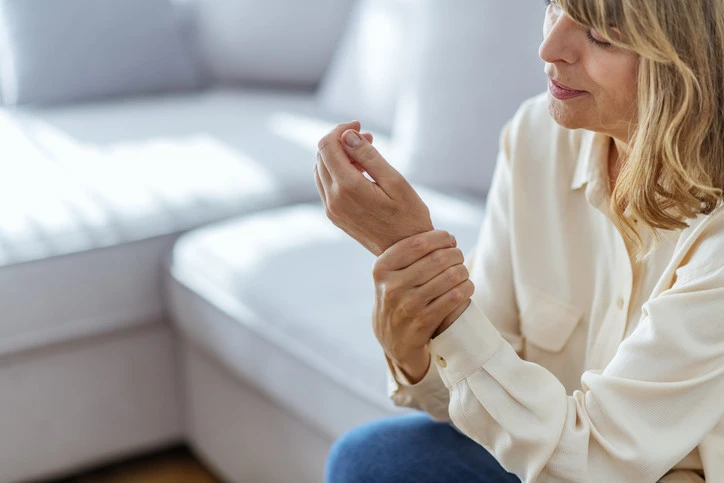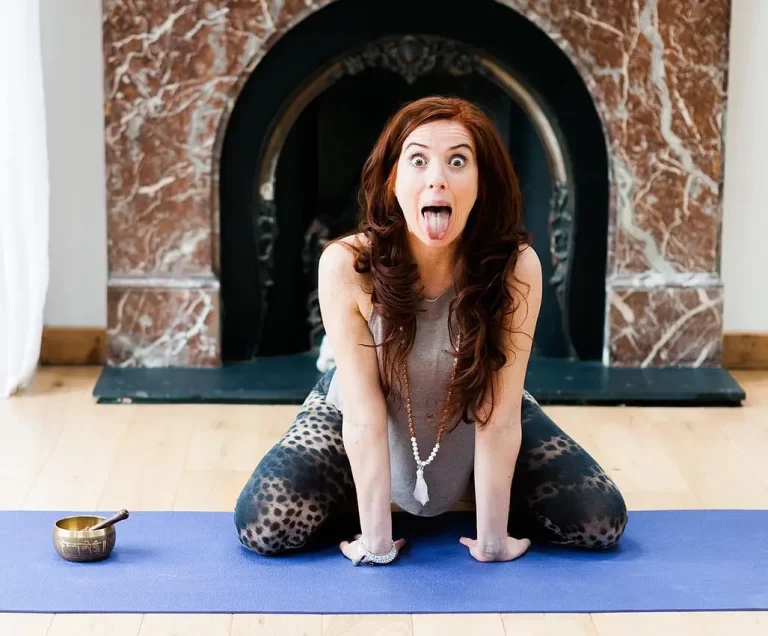Synovial Chondromatosis
Table of Contents
What is Synovial Chondromatosis?
Synovial chondromatosis (also called synovial osteochondromatosis) is a rare, benign (noncancerous) condition that involves the synovium, which is the thin layer of tissue that lines the joints. Synovial chondromatosis can arise in any joint in the body, but most commonly occurs in the knee.
Although the condition is not cancerous, it can severely damage the affected joint and, eventually, lead to osteoarthritis. Early treatment is important to help relieve painful symptoms and prevent further damage to the joint.
Sign and Symptoms:
The most common symptoms of synovial chondromatosis are similar to those of osteoarthritis. These include:
Joint pain
Joint swelling
Limited range of motion in the affected joint
Other signs and symptoms may include:
Fluid in the joint
Tenderness
A creaking, grinding, or popping noise during movement (crepitus
The nodules can sometimes be felt in joints that are close to the skin, such as the knee, ankle, and elbow joints.
Causes of Synovial Chondromatosis:
The exact underlying cause of synovial chondromatosis is unknown. Some research suggests that trauma may play a role in its development because the condition primarily occurs in weight-bearing joints. An infection has also been considered as a contributing factor. The condition is not inherited.
Synovial chondromatosis can reportedly occur as either a primary or secondary form. Primary synovial chondromatosis, which is rare, occurs spontaneously and does not appear to relate to any pre-existing conditions. Secondary synovial chondromatosis is the more common form and often occurs when there is pre-existent osteoarthritis, rheumatoid arthritis, osteonecrosis, osteochondritis dissecans, neuropathic osteoarthropathy (which often occurs in diabetic individuals), tuberculosis, or osteochondral fractures (torn cartilage covering the end of a bone in a joint) in the affected individual.
Diagnosis:
Radiographs :
variable depending on stage of the disease
may show stippled calcification
MRI :
initially, cartilage nodules are only visible on MRI
lobular appearance
in the later stage, signal drop out consistent with calcification
Treatment of Synovial Chondromatosis:
Nonsteroidal anti-inflammatory drugs (NSAIDs) are prescribed to relieve pain and related symptoms.
Surgery:
Synovectomy:
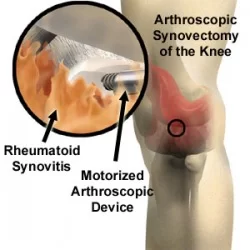
1)Full synovectomy is a moderately major operation and involves completely exposing the joint and removing the affected tissue.
2)Partial synovectomy is normally done arthroscopically. Synovectomies are normally carried out by shaving the lining of the knee but there are other ways of achieving this by either freezing the synovium or by the use of radiation treatment.
Physiotherapy Treatment:
Ultrasonic therapy and thermal therapy may lessen pain and inflammation.
Exercise for Synovial chondromatosis
- STATIC QUADRICEPS:
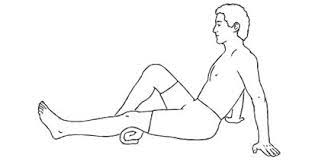
Lay on your back. Place a rolled-up towel or a small foam roller beneath the knee. Activate the thigh muscles in order to straighten the knee and hold the contraction for 5 seconds. Release. Repeat 10 times on each side.
2)STRAIGHT LEG RAISING :

Lay on your back and support your neck with a pillow or neck roll. Bend 1 knee up so your foot is flat and your back is in a neutral position (not arched). Keep your arms lying straight and in line with your shoulders. Straighten the other leg by tightening the muscles on the top of your thigh. Keeping your toes pointed up, lift your leg up to the height of the bent knee. Pause, then slowly lower your leg back down to the start position. Do 10 repetitions of this exercise on each leg, 3 sets once per day. Perform this exercise 2-3 days per week.
3) SIDE ABDUCTION:
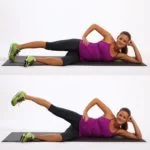
Lay on your side and bend your bottom knee to give you better balance. Support your head with a pillow or towel roll. Straighten the top knee by tightening the muscles on the top of your thigh. Flex your foot so your toes face forward, and lift your leg up toward the ceiling, lifting no higher than the line of your body. Pause, then slowly lower your leg back down to the start position. Do 10 repetitions of this exercise on each leg, 3 sets once per day. Perform this exercise 2-3 days per week.
4)PRONE STRAIGHT LEG RAISING :
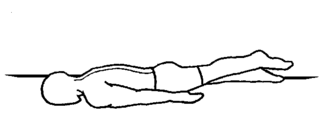
Lie on your stomach with your legs straight. Tighten the muscles in your bottom and the hamstring of one leg, and lift toward the ceiling. Hold 3-5 seconds, lower, and repeat.
5)PRONE KNEE BENDING :


Lie on your stomach bend the knee and bring to the starting position
6) SITTING QUATS:
Sit well back in the chair with good posture.
Straighten and raise one leg.
Hold for a slow count to 10, then slowly lower your leg.
Repeat this at least 10 times each day

